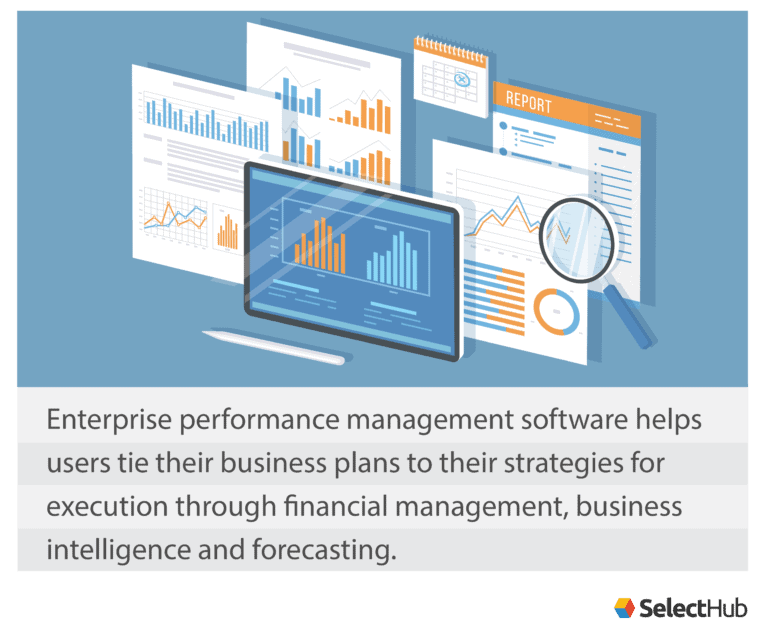Operating any business is a tall order, let alone an enterprise. But improving its operational and financial performance is even harder. Luckily, Enterprise Performance Management can help you with that.
What is Enterprise Performance Management or EPM?
One of the best definitions of EPM comes from Gartner. Gartner Glossary defines enterprise performance management (EPM) as:
“The process of monitoring performance across the enterprise with the goal of improving business performance.”
Or, as SelectHub has it here:








